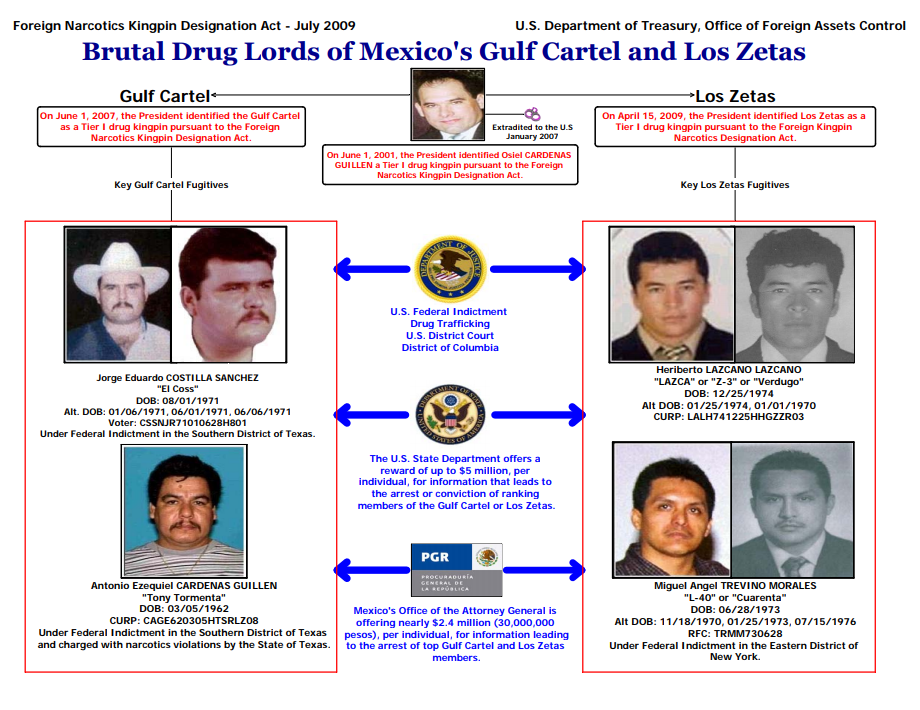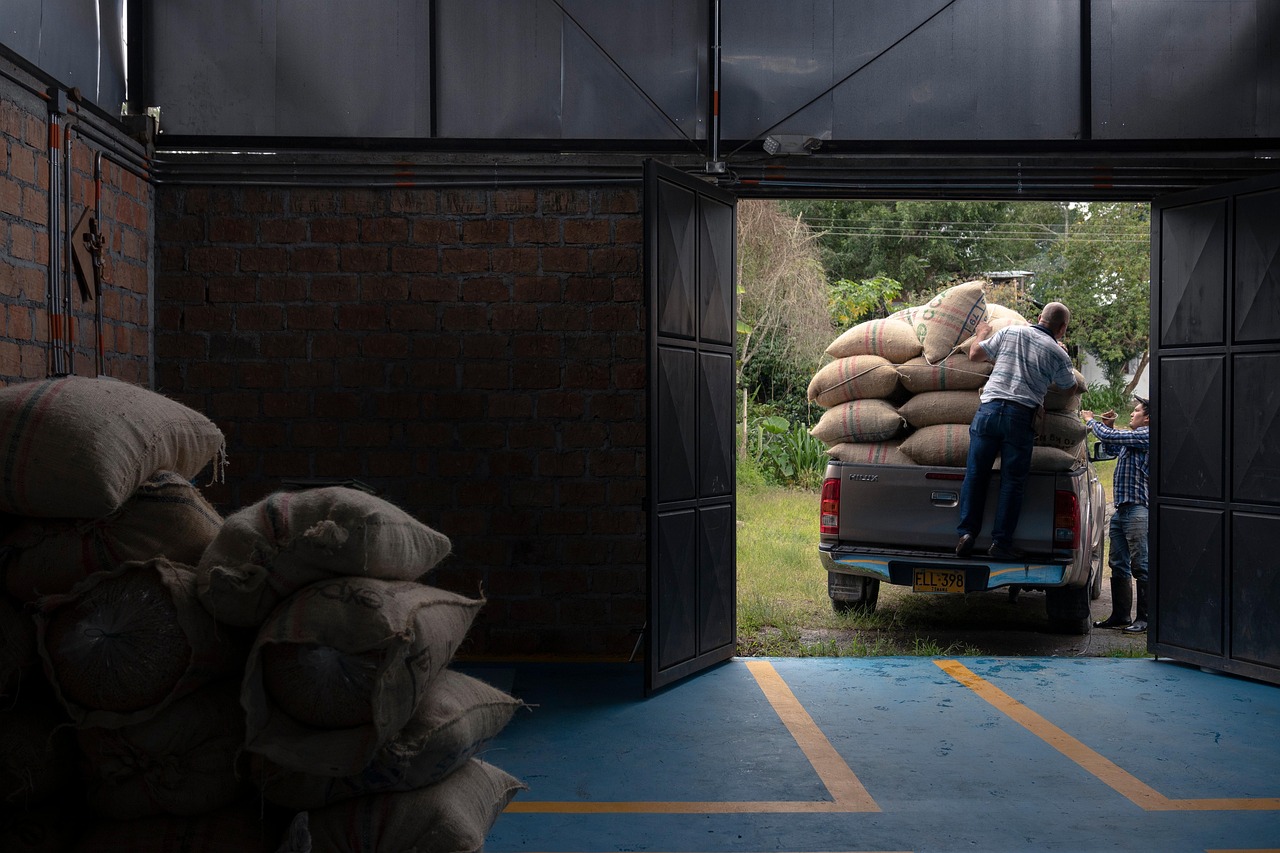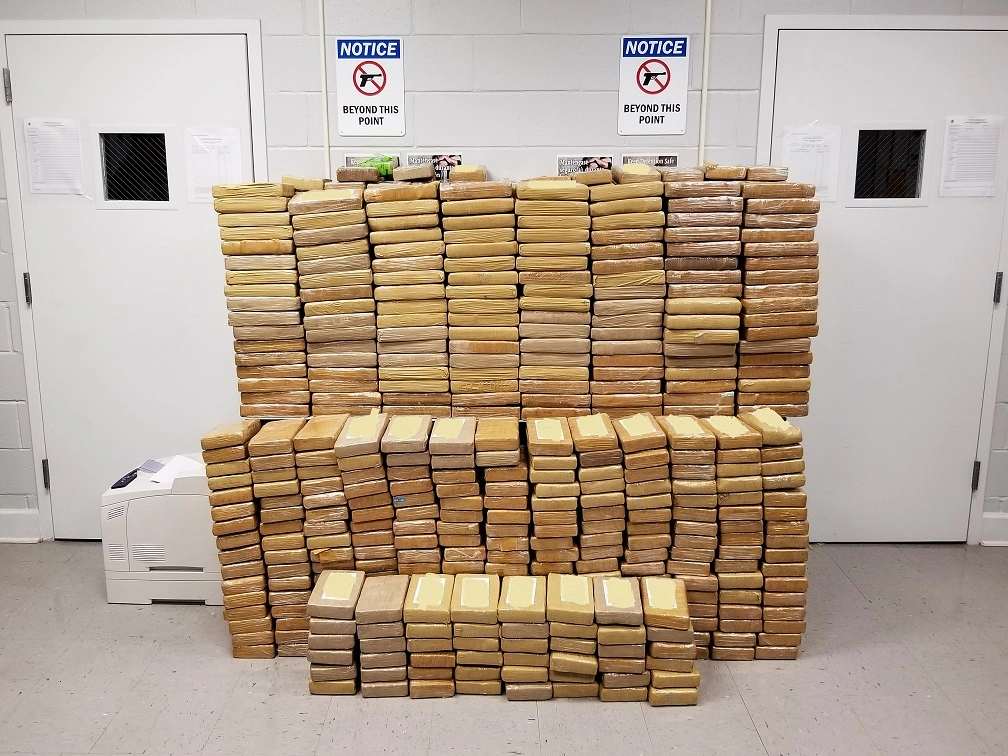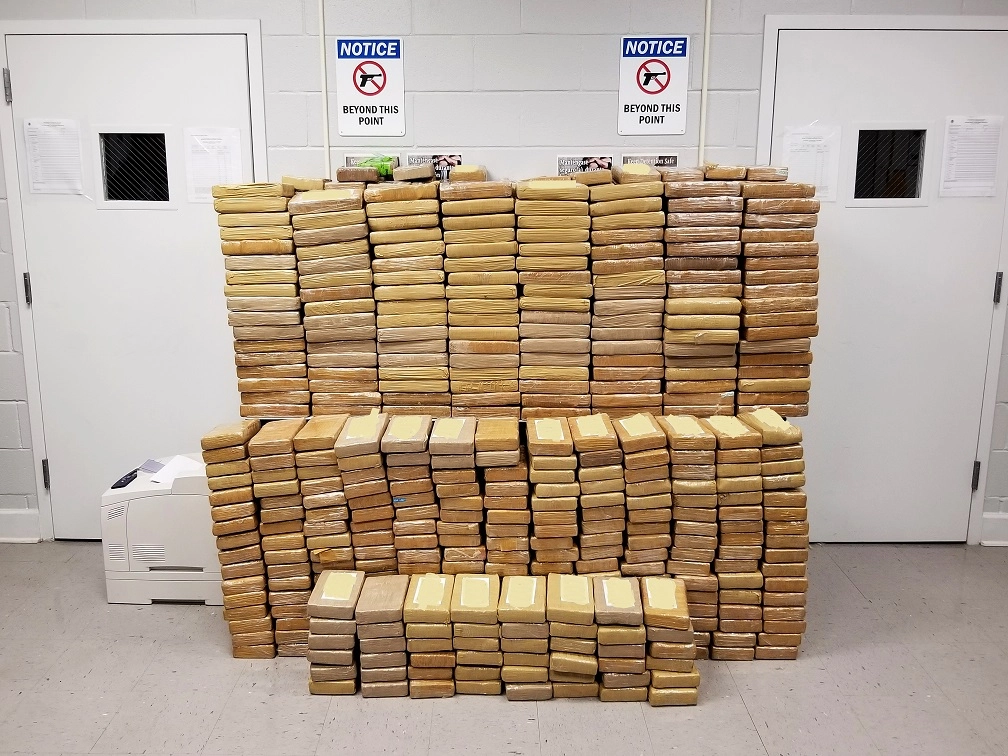- America’s Forgotten Terror Attacks - April 10, 2025
- The Hidden Link Between Real Estate and Organized Crime in the U.S. - April 10, 2025
- Organized Crime in the U.S. Postal System: An Unlikely Criminal Pipeline - April 10, 2025
The Cocaine Production Process
Cocaine, a powerful stimulant, originates from the coca plant, primarily cultivated in Colombia, Peru, and Bolivia. Colombia stands as the largest producer, contributing around 70% of the global cocaine supply. The production process begins with the harvesting of coca leaves, which are then treated with chemicals such as gasoline and sulfuric acid to extract the cocaine alkaloid. According to the United Nations Office on Drugs and Crime (UNODC), Colombia produced an estimated 1,228 metric tons of cocaine in 2020, marking a significant increase from previous years. This surge in production is partly due to the expansion of coca cultivation areas and improved processing techniques. The increase in output has fueled global distribution networks, making cocaine more accessible in various markets.
The Role of Colombian Cartels

Colombian drug cartels, including the notorious Sinaloa and Gulf Cartels, are pivotal players in the cocaine trade. These organizations control the production, trafficking, and distribution of cocaine with an iron grip. They utilize sophisticated methods to evade law enforcement, employing tactics such as bribery and violence. Recent reports indicate that these cartels have diversified their operations, leveraging technology and social media to expand their reach and recruit new members. Their influence extends beyond Colombia, affecting regional stability and security. The cartels’ adaptability and resilience make them formidable adversaries for law enforcement agencies worldwide.
Trafficking Routes: Land, Air, and Sea

Cocaine’s journey from Colombia to the U.S. involves a complex network of trafficking routes. The most common methods include overland routes through Central America, maritime routes via speedboats and submarines, and aerial routes using small aircraft. The Caribbean Sea serves as a significant transit point, with traffickers utilizing remote islands to store and transfer shipments. According to the Drug Enforcement Administration (DEA), approximately 90% of the cocaine entering the U.S. travels through these routes. These pathways are constantly evolving, as traffickers seek to exploit vulnerabilities in border security and law enforcement efforts.
The Impact of Corruption
Corruption poses a significant barrier to combating drug trafficking, particularly in Colombia. Law enforcement officials and politicians are often bribed by cartels to ignore or facilitate drug shipments. This corruption extends to neighboring countries, where traffickers exploit weak institutions. A 2021 report by Transparency International highlighted that corruption in the region has worsened, making it increasingly difficult to dismantle drug trafficking networks. The pervasive nature of corruption undermines efforts to combat the drug trade and erodes public trust in government institutions.
The U.S. Response to Cocaine Trafficking
The U.S. government has implemented various strategies to combat cocaine trafficking, including the Merida Initiative and Plan Colombia. These initiatives focus on providing financial and military support to Colombia and Central American countries to strengthen their law enforcement capabilities. However, critics argue that these efforts have not significantly reduced cocaine production or trafficking, as evidenced by the rising cocaine purity levels in U.S. markets. The ongoing challenge lies in addressing the root causes of drug trafficking and finding sustainable solutions that go beyond enforcement.
The Role of Technology in Trafficking
Modern drug trafficking has evolved with the advent of technology. Cartels now use encrypted messaging apps, drones, and GPS tracking to coordinate shipments and evade law enforcement. The rise of the dark web has also facilitated the sale of cocaine online, making it more accessible to users. A 2022 study by the National Institute on Drug Abuse found that online drug sales have increased by over 300% since the pandemic began. This technological shift presents new challenges for law enforcement agencies, who must adapt their strategies to keep pace with the cartels’ innovative tactics.
The Health Crisis: Cocaine Use in the U.S.

Cocaine use in the U.S. has surged in recent years, leading to a public health crisis. The Centers for Disease Control and Prevention (CDC) reported that cocaine-related overdose deaths increased by 61% from 2019 to 2020. The rise in purity levels and the mixing of cocaine with fentanyl have contributed to this alarming trend. The CDC now classifies cocaine as a major contributor to the opioid epidemic. This growing crisis underscores the need for comprehensive public health interventions and increased awareness of the dangers associated with cocaine use.
Community Impact and Violence

The cocaine trade has devastating effects on communities in both Colombia and the U.S. In Colombia, violence between rival cartels and government forces has led to thousands of deaths and displaced communities. In the U.S., the increase in drug-related crime and addiction has strained public resources and healthcare systems. A 2021 report from the National Institute on Drug Abuse estimated that the economic burden of illicit drug use in the U.S. exceeds $600 billion annually. The social and economic costs of the cocaine trade are profound, affecting families, communities, and entire nations.
International Cooperation and Challenges

Efforts to combat cocaine trafficking require international cooperation. The U.S. works with Colombia and other countries to share intelligence and resources. However, challenges remain, including differing legal frameworks and priorities. The UNODC emphasizes the need for a comprehensive approach that addresses the root causes of drug production and trafficking, such as poverty and lack of opportunities. Collaborative efforts must focus on building resilient communities and strengthening institutions to effectively combat the drug trade.
The Future of Cocaine Trafficking

The future of cocaine trafficking remains uncertain. While law enforcement efforts continue, the demand for cocaine in the U.S. shows no signs of decreasing. Experts predict that cartels will adapt to new challenges, potentially leading to more violence and innovation in trafficking methods. A 2023 report by the Global Drug Policy Observatory warns that without significant policy changes, the cocaine trade will persist, impacting global security and public health. The ongoing struggle against cocaine trafficking requires a multifaceted approach that addresses both supply and demand, while prioritizing public health and safety.




